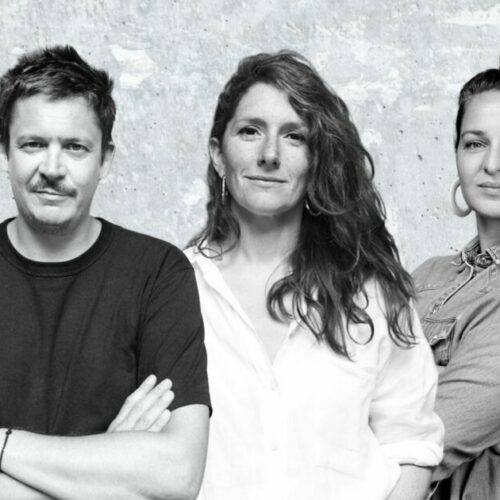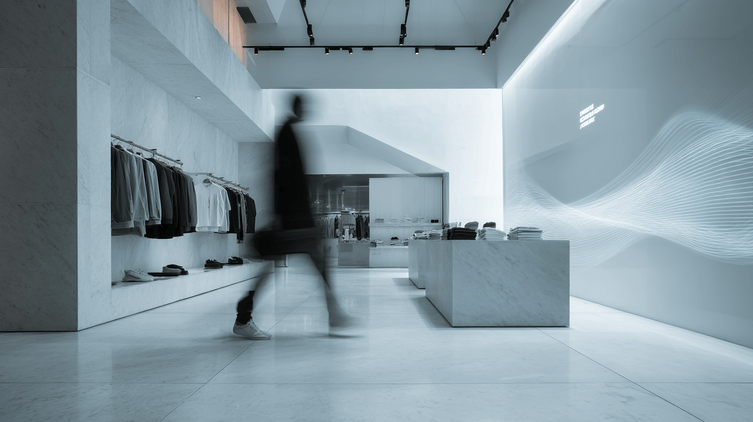Sonic branding inconsistency is a missed opportunity for brands to establish a musical identity.
Written by Ella Duda, International Strategy Director
These days, brands may be managing digital and mobile agencies, social media providers, content creators, advertising, PR and promotion agencies, event and multi-cultural marketers. As the types of agencies have increased, it’s easy to lose a brand’s musical identity across consumer touchpoints.
Maintaining a brand’s musical identity can be done in several ways:
A brand’s leader must think beyond licensed music and free music libraries to create distinctive audio signals and proprietary compositions for the long term. Much like your visual identity does, your audio allows you to meet your customers in new, subtle and distinctive ways; to constantly bring them home to the brand and what it represents.
1) Don’t sound like everyone else
At the most basic, work with a sonic branding partner to understand the competitive sonic environment. The brand team would benefit by knowing how the competitors sound and finding a way to stand apart. Then, by sharing this information with their content agencies, the selection of music will be clearer and even provide a competitive advantage.
2) Get a tailor-made musical identity
Develop a proprietary sonic identity and sonic guidelines. Agencies accustomed to making or guiding music choices will then have a powerful go-to resource. Not only will the time and money spent on music selection decrease, the sonic expression of the brand will remain consistent and communicate the desired brand values, across all touchpoints.
3) Work on the brand vocal strategy
Before the current situation, voice activated technology was on the rise. It has been especially helpful during the crisis and “social distancing”. Post Covid-19, it is probable that we will see an increase in use as people continue to avoid physical contact with surfaces and might have developed voice search as a new, more efficient habit. It is then crucial that brands work on their visual-free branding strategy and how the sonic experience reflects on the brand.
4) Coordinate with brand environments
For brands who will still attract customers to storefronts, they must work on the sonic environment and how it is coherent with their messaging across the touchpoints that generate foot traffic. The brand promise communicated via TV, radio and social media has to reflect it’s musical identity and match the physical experience.
5) Work on sonic UX
Although short, the sounds that a product generates will say a lot about a.) what is happening and b.) the product/brand personality. Just like in-person, the first impression is crucial to the rest of the relationship. If the sounds do not help clarify functions or do not help create a positive relationship with the consumer, the product will not succeed. As such, it is also a big opportunity to create brand preference. If one customer finds the experience enjoyable and clear thanks to the sonic cues, the word will spread.
Hands-free transformation
Overall, our digital and hands-free transformation is almost complete and incredibly pertinent in view of the current situation. We will learn many lessons from this crisis, one certainly being that a brand’s sonic expression is no longer optional. The investment in sound branding vs. visual branding will give you a competitive advantage.
Read this article on linkedin here









